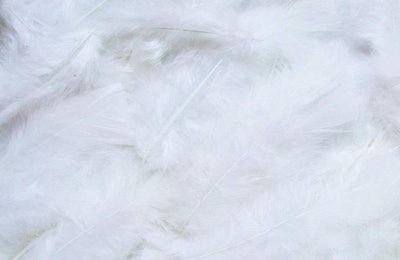
For anyone who knows the story of The Three Little Pigs, you may remember that two of the trio had questionable judgement when it came to building materials.
They built houses made from environmentally sustainable materials – straw and furze sticks – that failed to stand up to the huffing and puffing of the wolf, and two of the three pigs risked becoming bacon!
Had they chosen feathers, at least in part, their houses may have been more resistant to air movements, and they could have lived longer, and even more environmentally friendly lives.
So anyone wanting to help keep the climate change wolf from the door should take note of new cheap and sustainable building materials made from feather waste that may be not so very far around the corner.
No longer simply a flight of fancy, additional funding has been given to develop FeatherFill, a range of building insulation materials containing high levels of feathers developed by students at Imperial College, London.
Feathered nest
Feathers may not seem to be any more resistant than furze but, in the same way that feathers protect chickens from the cold, they can keep people’s homes warm, the students point out, and as much as 30 percent of the foam used to make regular insulation boards could be substituted with treated feathers.
The thermal conductivity of their trial product has been found to be similar to other products already on the market and, although refinements are still be made, and some trials still need to be conducted, the team believes that they could have a marketable product within months.
FeatherFill would be highly competitive compared to alternatives, with the cost of treated feathers being 14 times lower than standard foam.
This is potentially great news not only for those wanting to keep their homes, or any other buildings warm, but also for the poultry industry.
More to crow about
Feathers may already be used in feed in some parts of the world, and work has also been carried out on turning them into fuel and, more surprisingly, computer chips, but for an industry that is already held up as being the most sustainable meat producer, finding a good new use for a waste material simply raises the sector’s environmental credential further.
The benefits do not stop there. Disposal of feathers often involves a cost, but turning a waste product into a valuable commodity has benefits that are also economic – think chicken paws.
And feathers are not only getting a second life, but are substituting materials that currently take a lot of energy to produce, using non-sustainable raw materials.
The students at Imperial have potentially hit upon a win-win idea, so the next time you’re thinking of building a house, poultry or otherwise, feather your nest, don’t use straw or sticks!


















